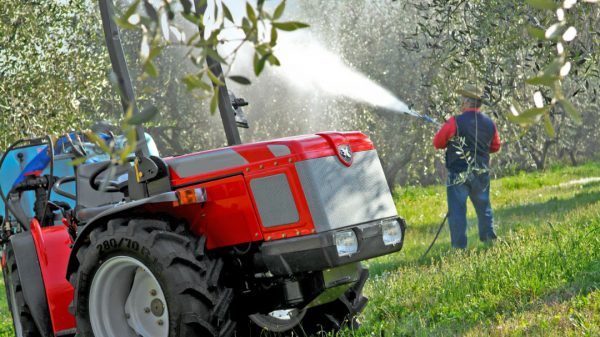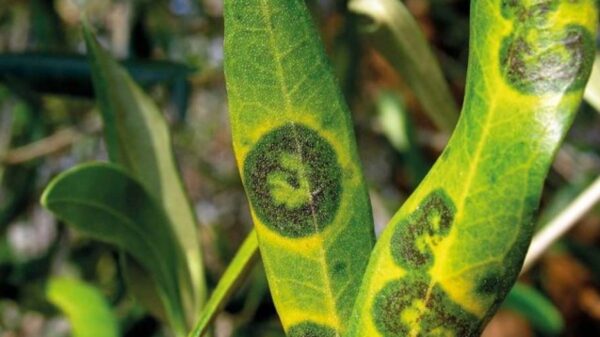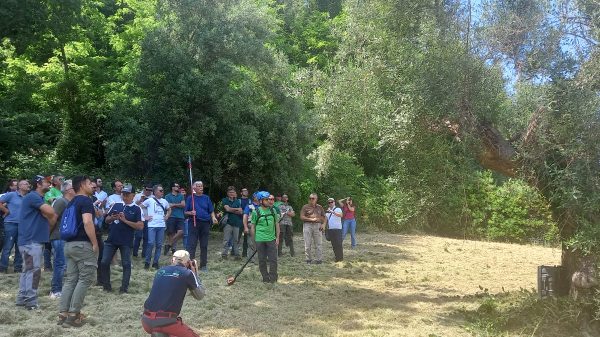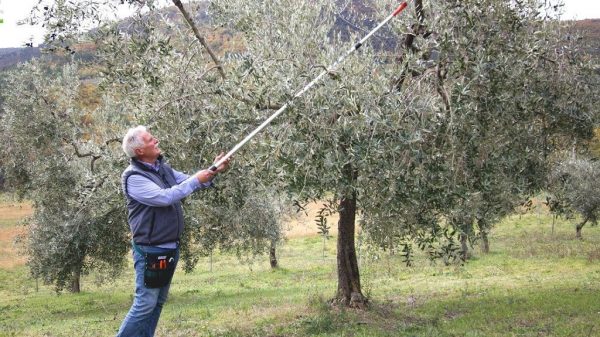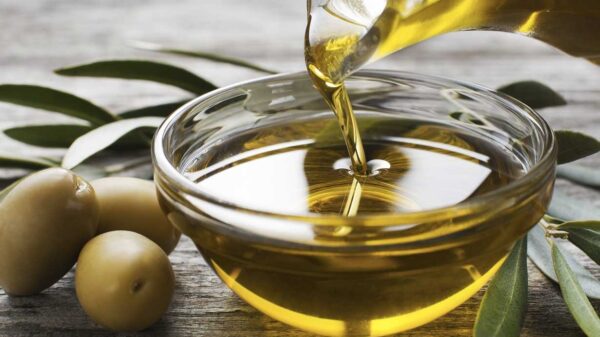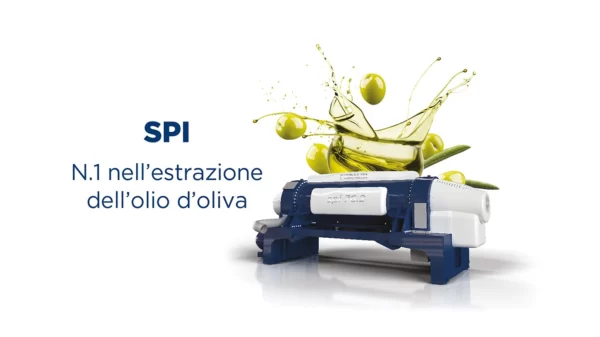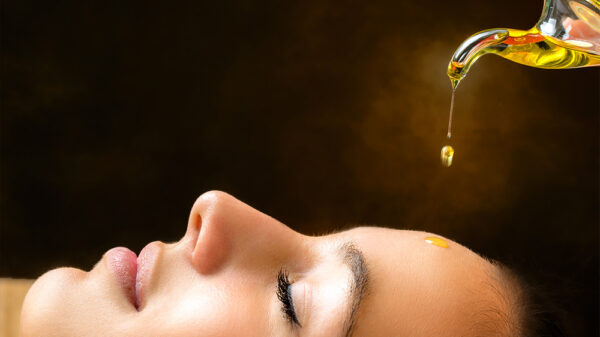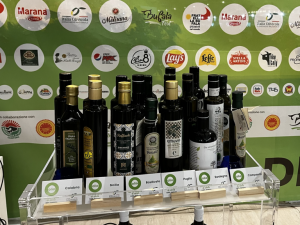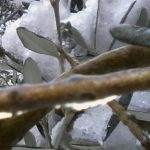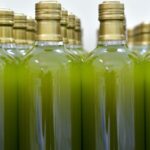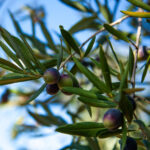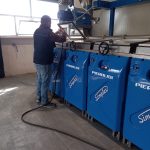“The olive tree, as we well know, is a highly tolerant species of water stress. But to have constant production you need the hand of man. And there are tools."
Enrico Maria Lodolini (in the picture), researcher at CREA – Olive, Fruit and Citrus Research Center in Rome, has no doubts that living with increasingly dry seasons is possible for the olive grower, provided that adequate solutions are adopted.
 Dr. Lodolini, let's start from this summer when it's not raining anymore. What feedback do you have?
Dr. Lodolini, let's start from this summer when it's not raining anymore. What feedback do you have?
“The first effect, but not the only one, is a reduction in production. The plant tends to dry up its fruits and make them fall to retain water for their survival. On the other hand, one could say that it can afford it: living for hundreds of years, it is not a problem for it if some years do not produce olives”.
Not the only effect said: what others?
“In young plants, water stress leads to stunted growth and delayed entry into production. The absence of water also reduces the rate of photosynthesis and therefore generates a lower production of carbohydrates for the vegetative growth of the plant or its fruits. Another effect is also had on the oil: in dry condition, in addition to the lower accumulation of oil in the fruits, the oils are more bitter and spicy because they are richer in polyphenols. Of course, this would be an added value for the quality, but it can also lead to organoleptic defects with an unpleasant hay-wood sensation that the hazel tends to release".
Is it easily perceptible when a plant goes into water stress?
"Decidedly. Curled leaves or shriveled fruit are symptoms of advanced water stress. Obviously it would be advisable not to reach such levels of water scarcity”.
We come to irrigation…
“…to immediately say that it has great benefits, especially in young plants. “Drip irrigation is definitely recommended where there is irrigation capacity. These are wings with self-compensating drippers which, especially in high or very high density systems, become fundamental. The choice of the positioning of the driplines (suspended, on the ground or underground), the distance of the drippers, the shift and the watering doses vary according to the specific pedo-climatic conditions and the characteristics of the irrigation system"._
And where there is no water?
“In traditional olive groves the content of organic matter in the soil must be increased. The organic substance is a sponge capable of retaining up to 10-15 times its own weight and of thermoregulating the soil. Therefore, we have to grass the olive groves, shred the pruning residues, bring external organic matter such as compost or residues of other crops and, if available on the farm, distribute the manure”.
Can the innovations related to agriculture 4.0 be of support?
“Certainly, there are advanced sensors capable of monitoring the water level in the soil or in the plant, allowing us to remotely understand when it is time to irrigate. These are the so-called Decision Support Systems (DSS), i.e. devices useful for helping the company decide the optimal moment to intervene not only for better water management, but also for phytosanitary defense or fertilization. Among other things, they are tools that benefit from public support and therefore I am strongly advised especially for those who are directed towards modern olive growing where the aim is to produce high quantities and qualities”.
di

